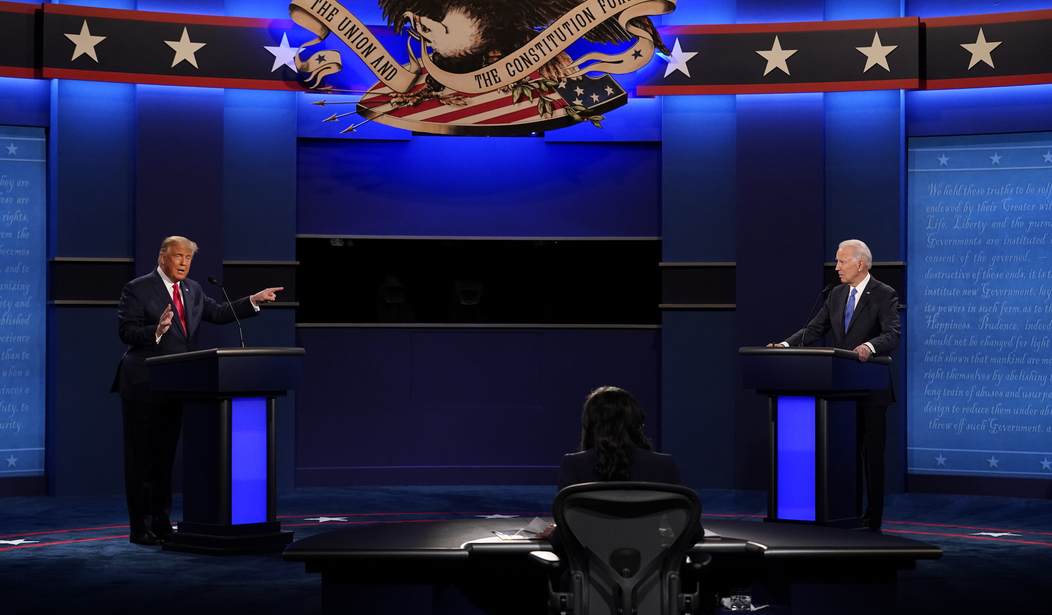Many Americans lost faith in political polls after the 2016 election. As we watched The New York Times‘ tracker show Hillary Clinton’s chances of winning fall from 85% on November 8, 2016, to zero at the end of tabulation early in the morning of November 10, we wondered how the Times and so many others had gotten it so wrong. Before election night, the Trump campaign asserted that “shy” Trump voters could disrupt the election. While Morning Consult and Politico determined that these shy Trump voters did exist, the outlets were sure this phenomenon would not be enough to swing the election.
When Trump won, pollsters blamed their significant miss on factors like the education divide and offered suggestions to fix it. They fiddled with their data collection and analysis methods for the polls. Yet, up and down the ballot, they missed again in 2020. They predicted Democrats would gain seats in the House and easily win a Senate majority. The statistical bias toward Democrats went up from 3.0 in 2016 to 4.8 in 2020. It was the worst performance for a presidential race in 40 years and the worst in two decades for down-ballot races.
Related: More Like This Please: A New Generation of Republican Candidates With the Right Stuff
While the polls predicted a Biden win, in the final polling before Election Day:
- The Economist election unit’s final presidential polling forecast gave Biden 50 more electoral votes than he won.
- An ABC News/Washington Post poll had Biden winning Wisconsin by 17 points with a week to go before Election Day. The final result in Wisconsin showed a 0.7-point margin between Trump and Biden.
- FiveThirtyEight’s polling average showed Trump barely winning Ohio by 0.8 points over Biden. The actual result was that Trump won Ohio by 8.4 points.
- The New York Times predicted that if the polls were as wrong as they were in 2016, Biden would still win Florida by close to 1 point. But Biden lost to Trump in Florida by 3.3 points.
- FiveThirtyEight’s final U.S. House polling forecast gave Democrats 20 more seats than they won.
- Fourteen polls got the Maine Senate race wrong. One Quinnipiac poll gave Democrat Sara Gideon a 12-point lead over incumbent Republican Susan Collins. Collins won the race by 8.6 points.
In the new report from the American Association for Public Opinion Research, the polling industry has some “prime suspects” for their astonishing miss according to Politico:
The most likely — if far from certain — culprit for off-kilter polling results is that key groups of people don’t answer polls in the first place.
Decreasing response rates have been a major source of concern for pollsters for more than a decade. But the politicization of polling during the Trump era — including the feedback loop from the former president, who has falsely decried poll results he doesn’t like as “fake” or deliberately aimed at suppressing enthusiasm for answering polls among GOP voters — appears to be skewing the results, with some segment of Republicans refusing to participate in surveys.
That’s a fantastic conclusion when you consider the fact that the polling industry’s corporate media sponsors told Americans Trump was “literally Hitler” and a Russian asset for four years. They painted all of his supporters as deplorable, ignorant racists and Nazis. Likely, many of them would not respond to a poll from a Democrat-allied media outlet amid cancel culture ramping up. Like the billionaire owner of Soul Cycle and the Miami Dolphins, Stephen Ross, high-profile people were ostracized and punished for supporting Trump.
Related: Democrat Disarray: Moderate Democrats Are Mad at Maxine Waters as They Worry About 2022
Of course, that would discount the joy many Trump supporters felt watching the election night meltdowns in 2016. Undoubtedly, some were content to tell pollsters they were voting for Biden and Democrats to repeat the feeling after being beaten down, insulted, and demonized for four years. While they had to content themselves with the infighting among members of the House, Trump voters may have ignored polls altogether. Despite the prediction of a Biden landslide, President Trump added over 10 million new voters in 2020.
The most accurate pollster that predicted a Trump win in 2016, a DeSantis win in 2018, and a much closer race in 2020 than the traditional industry was the Trafalgar Group. In an interview post-election, CEO Robert Cahaly said the group accomplished this by rejecting most polling orthodoxy. The team designed shorter polls that took far less time to answer and actively worked to overcome what Cahaly called “social desirability bias” in responses to their polls.
Cahaly is cautiously optimistic that Republicans will make gains in 2022 if they capitalize on cultural issues like critical theories in public education, rising crime, and continued political violence. However, he cautions that the GOP could still screw it up listening to consultants like Frank Luntz. Culture war issues are on the table, and economic ones will take on greater importance. Republicans had better be able to move beyond tax cuts and regulation to win on bipartisan issues about the direction of the country. They also might want to consider giving Cahaly their ear.










Join the conversation as a VIP Member